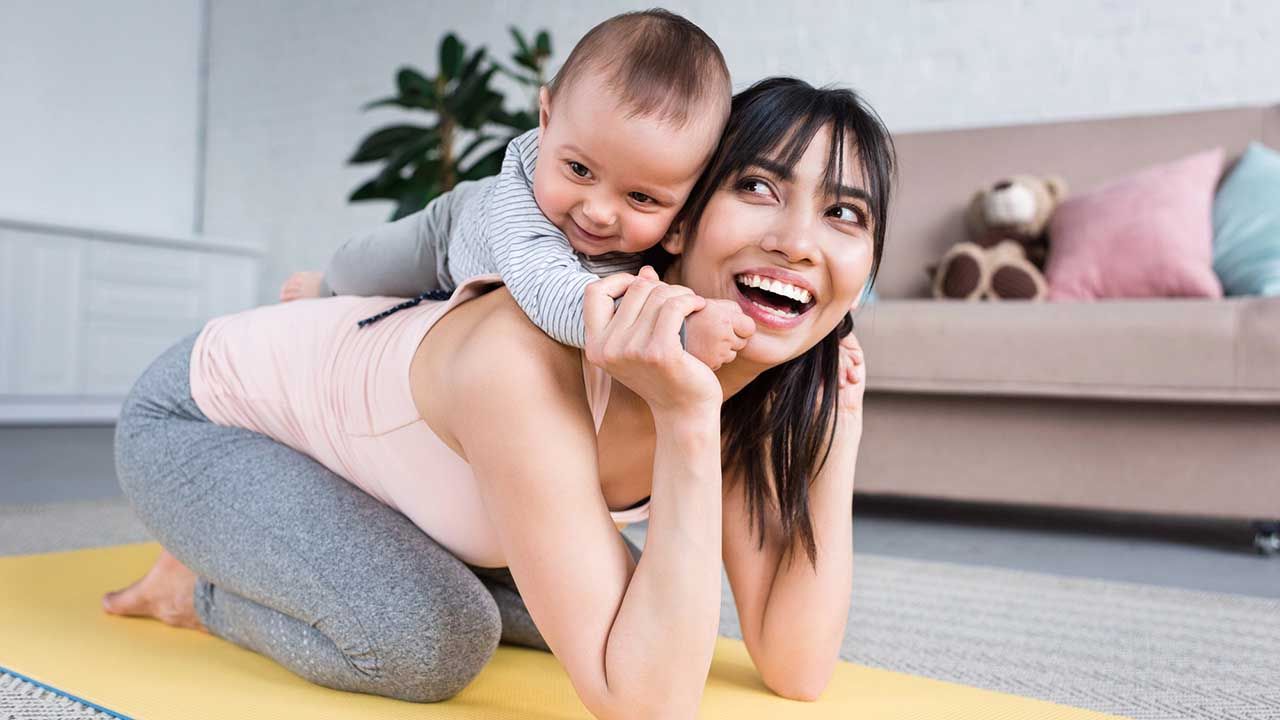Tips To Master Arm Balancing

Want to master arm balancing but finding it challenging to get balanced? There are several points to check through when you come into an arm balance pose; stability of the hands and shoulders, core strength, placement of your body, and the courage to give it a go and trust in yourself.
Here are some tips to help you with your arm balancing technique.
Focus on grounding
Just like standing on one leg, with arm balancing you'll struggle to find your balance if the parts where your body comes into contact with the earth aren't firmly stable. Your initial setup is super important for everything else to fall into place, so ensure your hands are in the right place, your fingers are spread wide like starfish, and there's even weight throughout each part of your hand (the fingers, base of the fingers, and the base of the palm).
Stabilise your shoulders
This is a step people often forget about. Don't let your shoulders release tension - press the ground away from you strongly and find fullness across your upper back. Letting the shoulders shrug rather than stabilising them will put your shoulders at risk of injury and decrease your strength in the pose.
Stabilise your core
Brace through your belly to help bring a sense of lightness and ease to the posture. If your core isn't activated, this can compromise your lower back and also make it very difficult to enter and sustain an arm balance.
Another mistake people often make is to try to throw themselves suddenly into the final shape of a pose. Use your core strength to help 'lift' you into it, rather than using pure momentum.
Find your body placement
This is the physical part that usually takes the most practice. Figuring out where to put the rest of your body parts so that you don't fall out of the pose! This comes with repetition, so make sure your body is adequately warmed up for the pose you're about to attempt, then have a play around and experiment until things work.
If you're attempting a pose like a handstand, you can perform them against the wall to help provide extra support if you need it. Remember that your body will always try to counterbalance, so for example, if you want to lift your feet off the ground in Bakasana (Crow Pose), your head will need to come forwards.
Fix your drishti
Your drishti, or eyegaze, is important as it helps you focus. If your eyegaze wanders around the room, your balance will begin to follow it. Depending on the arm balancing posture you're attempting, choose a spot on the floor or opposite wall that doesn't move, then fix your focus on it.
Be brave
Many qualities that we practice in yoga on our mat can be fostered in physical asanas, or poses, then taken off our mat into the world. Arm balancing fosters courage, bravery and self-belief. Remember that even if you don't manage to get into the full version of the pose, any time you work towards it, you're getting stronger and braver, and learning along the way. It's called a yoga 'practice', not yoga 'perfect', so you don't have to get it right every time.
Image / DepositPhotos









